From Physiotherapist to Mizuno Territory Manager
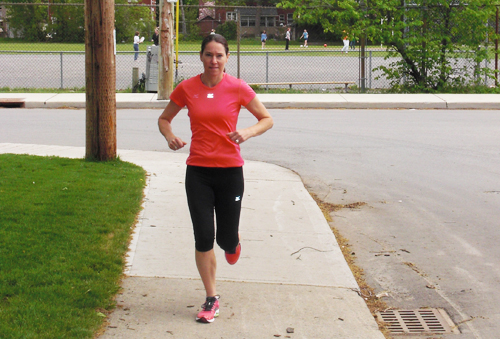
Mizuno will be featuring a staff member as a part of our monthly e-newsletter so runners in the community can begin to know a bit about our great brand ambassadors. The next time you see Kaireen at a store or event you will know a bit more about her!
By: Karen Karnis
Kaireen Patton took an unusual route to her position as a Territory Manager with Mizuno’s Running Division for Eastern Ontario, Quebec and Atlantic Canada. She was first introduced to Mizuno shoes while running for a team sponsored by a running store in Texas in the late 1990s; when the time came to pick out a pair of shoes under the sponsorship, the store owner told her she had to try Mizuno. The self-described shoe junkie didn’t take much convincing – and she hasn’t looked back since.
A physiotherapist by training, Patton moved from Texas to Portland, Oregon for her next job, where she became good friends with a woman who was a sales rep for Mizuno. Three years later, when she moved back to Canada, Patton couldn’t find Mizuno shoes anywhere, so she asked her friend from Portland where she could find them.
Patton got more than she’d bargained for; as it turned out they were looking to expand in Canada and needed some tech reps, and Patton’s friend had passed on her name.
“As a physiotherapist with a background in foot mechanics and orthotics, it turns out it was a really good fit,” says Patton. “Things in the running shoe industry were getting more technical; you can teach the sales side fairly easily.” It wasn’t long before Mizuno asked Patton if she wanted to make her part-time “fun job” as a tech rep into a full-time gig. She says, “In a moment of weakness I just said yes, and that was over eight years ago.”
“I get to talk about running and shoes all day and get paid for it, what could be better?” laughs Patton when asked about the best part of the job. She’s quick to add: “I have awesome accounts. All of them – from Trenton to Newfoundland – they’re all awesome. They challenge me – in a good way!”
Patton loves the running business – she can’t remember a time that she wasn’t a runner. She ran in elementary school, joined the East Ottawa Lions in grade 6, ran through high school, and ran indoor track at Queen’s. For a few years she got into triathlons, completing several races including Ironman Canada and Hawaii in 2001. Now she’s back to running for the most part, and while she’s done several marathons, including Boston, she says her favourite distance at the moment is the half marathon. “It’s short enough that I can train to the level I want without neglecting the family,” she says.
She’s humble when the topic turns to speed. “My dad was a sub-three-hour marathoner,” she says. “I was blessed with great genes and a good build for running. I also had the benefit of great coaches from a young age.”
If you’re wondering, Patton’s current go-to shoes are the Mizuno Wave Precision (for her distance runs) and Musha (for speed work and racing), but she’s very excited to get into next spring’s Rider as soon as she can.
If you’ll be at Tamarack Ottawa Race Weekend, be sure to stop by the Mizuno booth at the expo and say hello to Patton – she’ll be on hand to help with all of your Mizuno questions. She’s also trying her hand at pacing for the first time – look for her in the half marathon, sporting ears and a sign that says “1:45.”






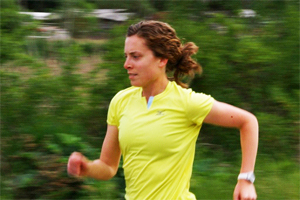



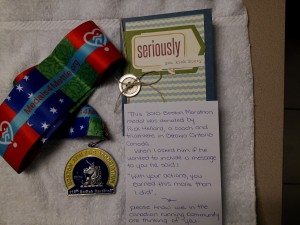
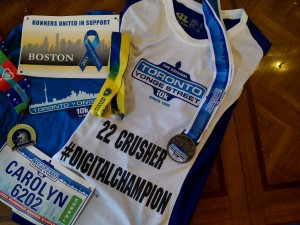

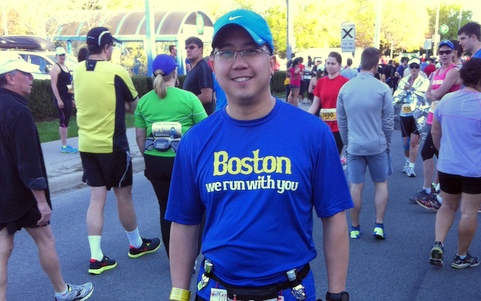
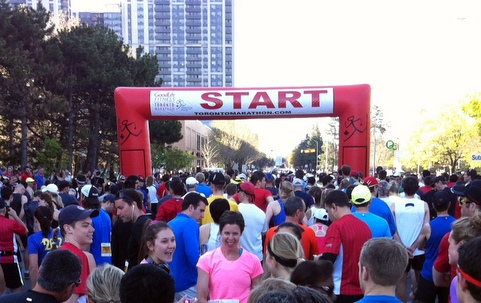


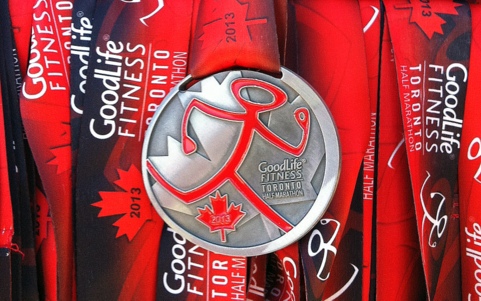


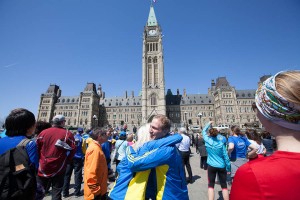
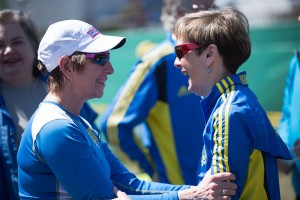
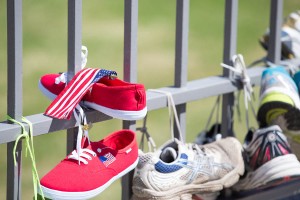


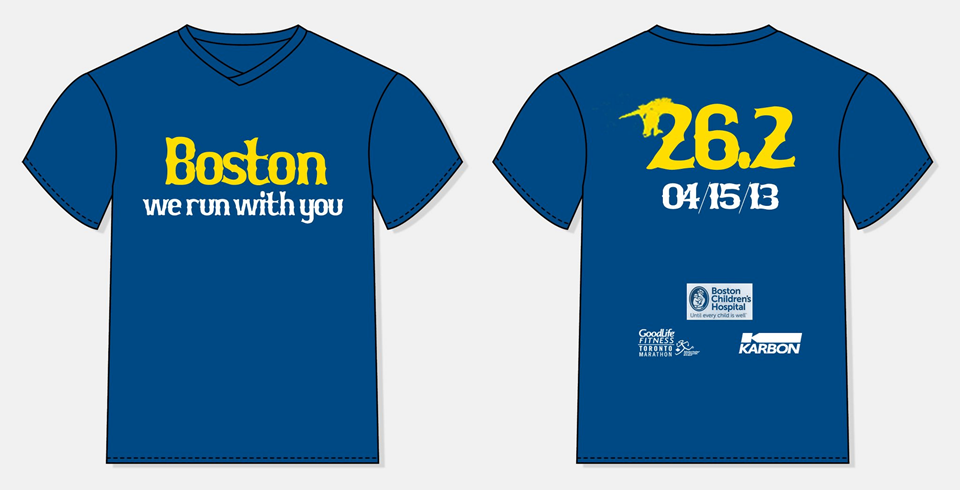



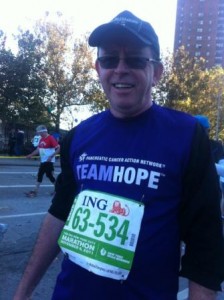
 Our Magazine
Our Magazine
